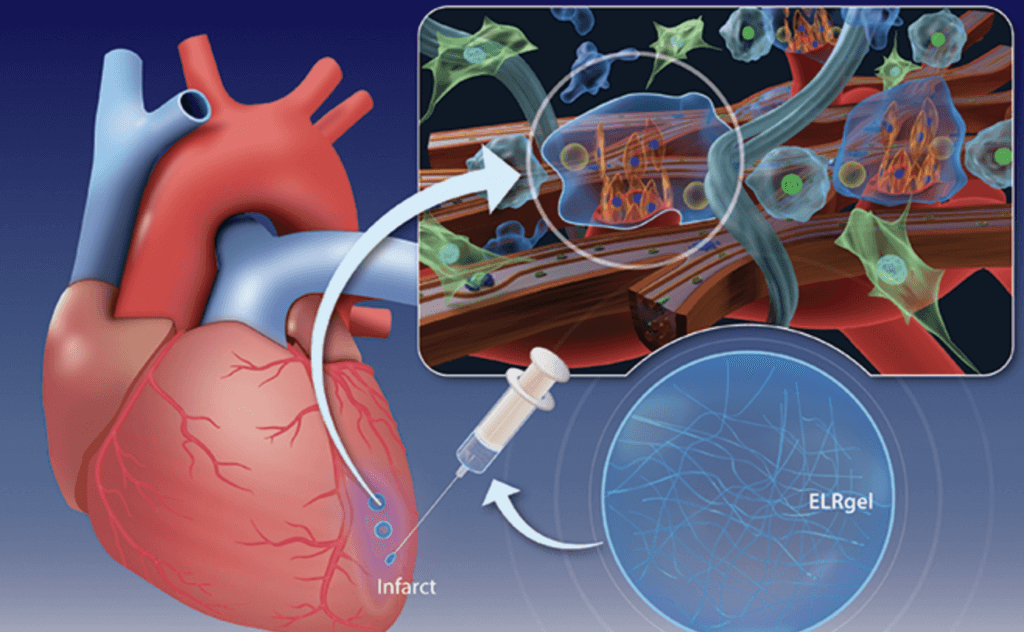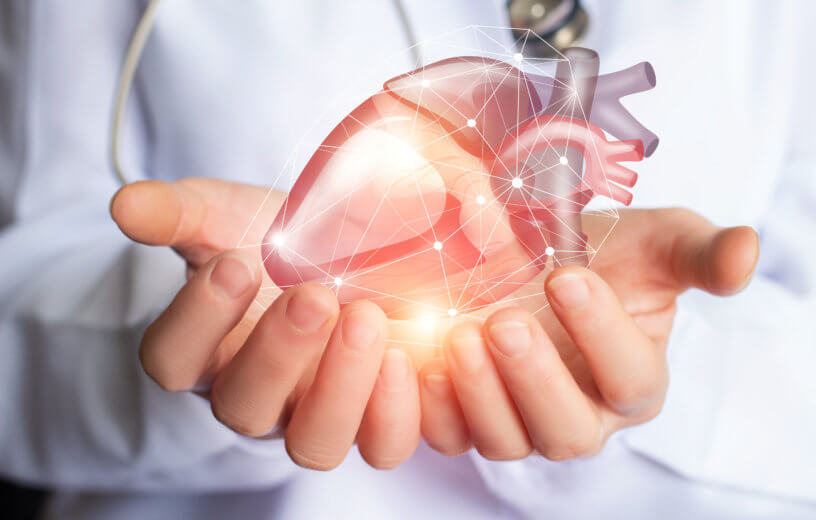GALWAY, Ireland — A hydrogel injection developed by an international team of scientists may help to prevent heart muscle damage following a heart attack. Researchers say the gel could be capable of repairing damaged heart tissue by being injected directly into the damaged area.
Because of the irreversible damage of the heart muscle after a heart attack, also known as myocardial infarction, heart disease is the number one cause of death in the world. Cardiac muscle has minimal regeneration capabilities making it difficult for the tissue to repair itself. There is currently no cure for heart disease, and various treatment methods have failed to help heart muscle regenerate afterward.
“This project involved the development and testing of an elastin-based hydrogel derived from a naturally occurring biomaterial in the human body. The hydrogel was developed to mimic the environment around the heart following infarction and then customized to have the ability to protect and promote regeneration of the cardiac tissue,” says project lead Abhay Pandit, Scientific Director of CÚRAM at NUI Galway, in a statement.
During the preclinical study, which is the first of its kind, scientists found that injecting the hydrogel multiple times into the damaged heart tissue resulted in the remodeling of the tissue. The team of researchers from Italy, Spain, Ireland, Sweden, and France demonstrated that when the gel was inserted immediately after a heart attack, there was less scar tissue formation and more blood vessel formation in the damaged area. Additionally, they noticed an increase in cardiomyocytes (cells that are responsible for the heart beating) within the damaged area.

“This project demonstrates the efficacy of a unique biomaterial-only system able to induce a positive healing effect on cardiac tissue following a heart attack event. The functional benefits obtained by the timely injection of the hydrogel supports and highlights the potential use of this treatment in the clinic. The next step will be to develop a prototype for a delivery system for the hydrogel,” says Pandit.
“In this study, we employed a model to specifically look at a type of heart attack that has increased in incidence and is not often treated until the acute phase resolves. Scar tissue that forms after the heart attack often remodels negatively, causing future problems like heart failure. The timely injection of this hydrogel appears to change the way the heart muscle heals after a heart attack,” adds Dr. Mark Da Costa, a cardiothoracic surgeon and senior co-author of the study. “There is a significant positive histological, biological and functional recovery of the injured heart muscle. Work is progressing now to deliver this to the sites of injury in different clinical settings and will be followed with translation into a clinical trial.”
The research team included scientists from CÚRAM, the SFI Research Center for Medical Devices based at NUI Galway, and BIOFORGE Lab, at the University of Valladolid in Spain,
Results are published in the journal Science Translational Medicine.
